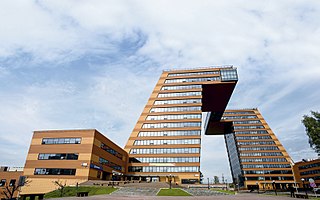
Akademgorodok is a part of the Sovetsky District of the city of Novosibirsk, Russia, located 30 km (19 mi) south of the city center and about 10 km (6.2 mi) west of Koltsovo. It is the educational and scientific centre of Siberia.

The Russian Academy of Sciences consists of the national academy of Russia; a network of scientific research institutes from across the Russian Federation; and additional scientific and social units such as libraries, publishing units, and hospitals.
Moscow State Forest University (MSFU) is a specialized establishment of higher education which trains engineering personnel, scientists as well as bachelors and masters for forest industry, wood processing and pulp and paper industry and is an educational and scientific center of forest complex of the country. One school of the university prepares specialists for aerospace industry.

Nikolay Nikolayevich Bogolyubov, also transliterated as Bogoliubov and Bogolubov, was a Soviet and Russian mathematician and theoretical physicist known for a significant contribution to quantum field theory, classical and quantum statistical mechanics, and the theory of dynamical systems; he was the recipient of the 1992 Dirac Medal.
Dmitry Konstantinovich Belyayev was a Soviet geneticist and academician who served as director of the Institute of Cytology and Genetics (IC&G) of the USSR Academy of Sciences, Novosibirsk, from 1959 to 1985. His decades-long effort to breed domesticated silver foxes was described by The New York Times as “arguably the most extraordinary breeding experiment ever conducted.” A 2010 article in Scientific American stated that Belyayev “may be the man most responsible for our understanding of the process by which wolves were domesticated into our canine companions.”

National Research Tomsk Polytechnic University (TPU) is a technical university in Russia. TPU was a member of 12 international associations, including the Conference of European Schools for Advanced Engineering Education and Research (CESAER) until it was suspended in March 2022, and the European University Association (EUA) until it was suspended in March 2022. TPU was included in Project 5-100, a 2013 state program aimed at bringing at least five Russian universities from among the project participants into the 100 best universities in the world.

The Academy of Sciences of the Soviet Union was the highest scientific institution of the Soviet Union from 1925 to 1991. It united the country's leading scientists and was subordinated directly to the Council of Ministers of the Soviet Union.
Education in Siberia expanded greatly after the Trans-Siberian Railway was completed in the 19th century. While Siberia became part of Russia in the 17th century it was not until the 20th century under the Soviet Union that education was transformed which in turn brought Siberia to economic importance. This was aimed at uniting people under the Soviet. For example, the Irkutsk State Linguistic University served as "a conduit between Russia and these native people by teaching languages" during the communist era. Imperial Russia began uniting Siberia to Russia by founding Siberia's first university, Tomsk State University, in 1878.
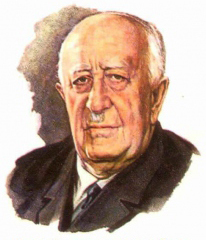
Vladimir Nikolayevich Sukachev was a Russian geobotanist, engineer, geographer, and corresponding member (1920) and full member (1943) of the USSR Academy of Sciences. His wife was Henrietta Ippolitovna Poplavskaja.

Anatoly Shvidenko is a doctor of science, professor, and senior research Scholar at the International Institute for Applied Systems Analysis, Austria.
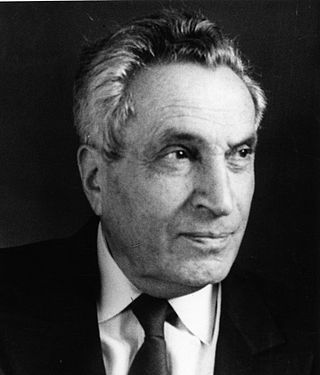
Aram Bagrati "Bagratovich" Nalbandyan was a Soviet Armenian physicist, prominent in the field of physical chemistry, founder of the Institute of Chemical Physics in Yerevan, Armenia, and academician-secretary of the Chemical Department of the Armenian Academy of Sciences (AS). He is the author of more than 400 scientific articles and five monographs.

The National Forestry and Wood-Technology University of Ukraine is a Ukrainian university in Lviv.

Boris Yevseyevich Bychowsky was a Soviet scientist and parasitologist, specialist of fish parasites, especially monogeneans. He was director of the Institute of Zoology of the Academy of Sciences of the Soviet Union in Leningrad (1962–1974). Bychowsky is the author of more than 100 scientific publications, mostly on systematics of monogeneans. His most famous work was his monography on monogeneans (1957), which was translated into English in 1961.
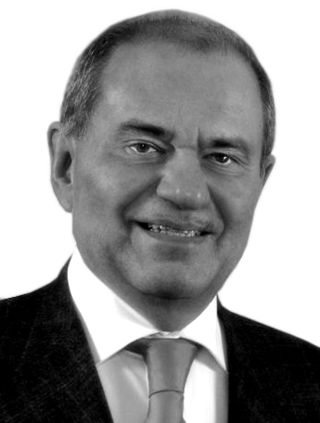
Alexei Dzhermenovich Gvishiani is a well-known Russian scientist, full member (academician) of the Russian Academy of Sciences (RAS). Chief Scientist of the Geophysical Center of RAS. Member of the Scientific Coordinating Council of the Federal Agency of Scientific organizations of Russia (FASO) and the Expert Council of the Russian Scientific Foundation. Foreign member of the Romanian Academy of Engineering and Technical Sciences and the National Academy of Sciences of Ukraine. Doctor Honoris Causa of the National Technological University of Ukraine, Professor of Lomonosov Moscow State University and the Paris Institute of Earth Physics of the Earth. Chair of the Russian Geophysical Committee and CODATA Committee of the Russian Academy of Sciences, Vice-President of CODATA in 2002-2006. Vice-Chair of the WDC Panel of the International Council for Science (ICSU) (1996—2006). Deputy Chairman of the Committee of System Analysis, RAS. Vice-president of the Scientific Council International Institute for Applied Systems Analysis (IIASA) and IIASA Program Committee Chair (2010—2014). Member of Academia Europaea (2017).

The Institute of History of Siberian Branch of the Russian Academy of Sciences is a part of the Historical and Philological Studies Department of the Russian Academy of Sciences. Currently, as a result of the dissolution of the Russian Academy of Sciences, the Institute is subordinate to the Federal Agency of Scientific Institutions. It is focused on comprehensive studies of history of Siberia in from the 16th to the 20th centuries.

The All-Russian Scientific Research Institute of Experimental Physics (VNIIEF) is a research institute based in Sarov, Russia and established in 1947. During the Soviet era, it was known as KB-11 and All-Soviet (All-Union) Scientific Research Institute of Experimental Physics. It is currently part of the Rosatom group.

Sovetsky District is an administrative district (raion), one of the 10 raions of Novosibirsk, Russia. It is located on the right and left banks of the Ob River. The area of the district is 89,2 km2. Population: 141,911.
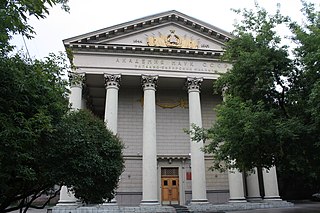
The West Siberian Branch of the Academy of Sciences of the Soviet Union was a Soviet research institution, a branch of the Academy of Sciences of the Soviet Union, that existed from 1944 to 1958. Its head office was located in Novosibirsk. The organization preceded the establishment of Novosibirsk Scientific Center of the SB AS USSR.
















